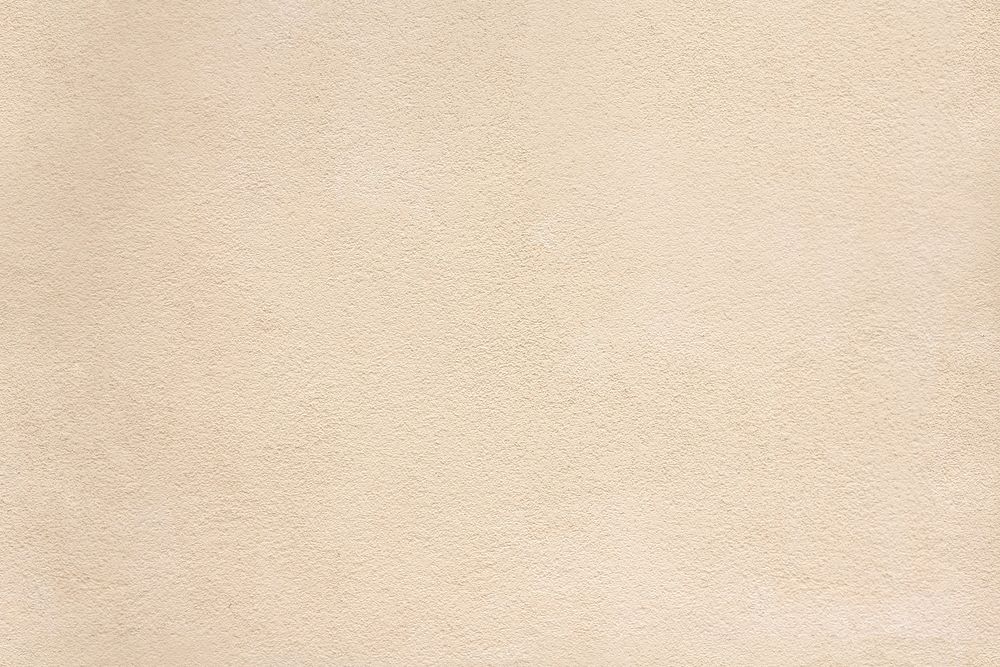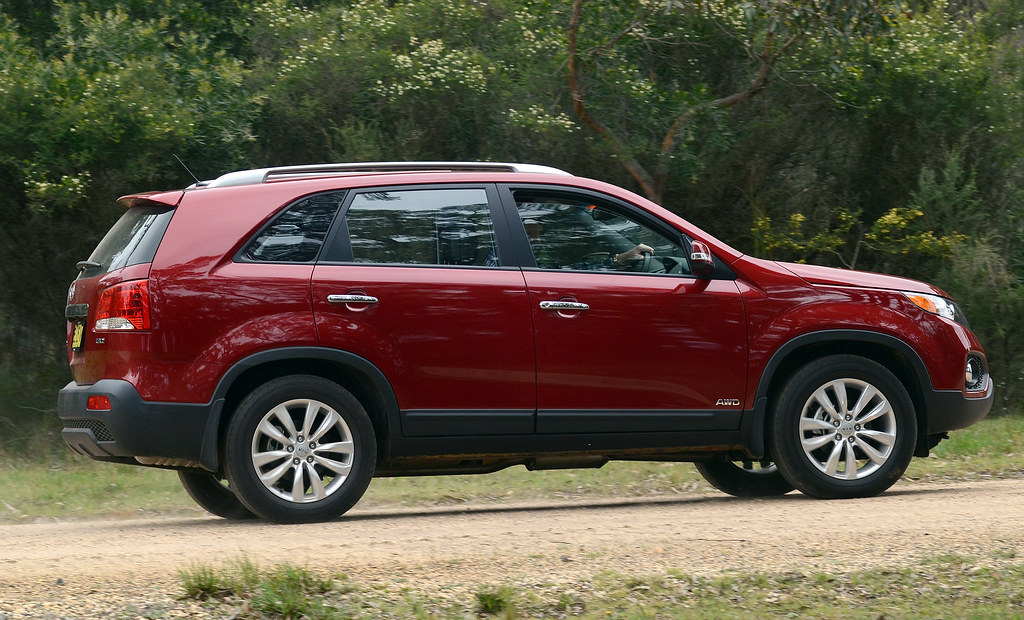
Choosing the right car color is more than just a matter of esthetics; it’s a significant factor that can greatly influence a vehicle’s resale value. The world of automotive color trends is intricate and nuanced, with certain shades thriving in the market while others plummet in value, sometimes dramatically. This phenomenon is rooted in consumer preferences, market dynamics, and cultural significance.

1. **Gold**: This color has the unfortunate distinction of being recognized as the car color with the worst resale value. Gold vehicles tend to depreciate at an alarming rate, often being seen as dated or less appealing to the majority of potential buyers. According to research, gold cars depreciate by approximately 16.7%, which translates to a staggering difference of up to $6,719 when compared to their original prices. The lack of demand for gold vehicles results in a saturated market, which in turn drags down their resale values.

2. **Brown**: Close on the heels of gold, brown is another color that struggles in the resale market. This color typically depreciates by around 17.8%, or about $7,642 when accounted for over three years. Brown is often perceived as dull or old-fashioned, which diminishes its appeal in the contemporary automotive market. The resale value of brown vehicles is heavily influenced by the fact that they are often tricky to sell, as many consumers prefer brighter or more neutral colors.

3. **Black**: While black is often associated with luxury and elegance, it actually ranks poorly in depreciation. The average depreciation for black vehicles is around 16.1%, leading to an approximate loss of $6,993 in value after three years. This depreciation is primarily due to the high prevalence of black cars on the road. With so many black vehicles available, the supply outweighs the demand, thus lowering resale values.

4. **White**: Surprisingly, white is a popular choice but also depreciates at a significant rate of 15.5%, with a value drop of about $6,490. While many buyers appreciate the cleanliness and classic look of a white vehicle, the commonality of white cars means that they do not necessarily command a premium price in the secondary market.

5. **Gray**: Similar to white and black, gray vehicles depreciate at a rate of around 14.3%, resulting in a loss of approximately $5,635. Gray is often chosen for its neutrality and low maintenance appearance, but this very characteristic also means that it doesn’t stand out in a crowded market.

6. **Silver**: This common color ranks slightly better than its grayscale counterparts, with a depreciation rate of 14.8% and a dollar loss of about $5,499. Silver cars are often appreciated for their ability to hide dirt and scratches, but the sheer number of silver vehicles available can lead to lower resale values.

7. **Beige**: Beige vehicles tend to depreciate at a rate of 14.4%. While beige is often associated with conservative tastes, it offers a subtle aesthetic that some buyers appreciate. However, its neutrality can lead to a lack of demand, which affects resale value.

8. **Blue**: Depreciating by approximately 14.3%, blue vehicles retain a fair amount of their value compared to some of the more commonly seen colors. However, as with gray and silver, the range of available shades can impact overall market desirability.

9. **Green**: Surprisingly, green vehicles share a depreciation rate of around 14.0%. Although green can be a vibrant choice, it doesn’t have the universal appeal that neutral colors do, which can hinder resale value.

10. **Red**: Red cars may seem appealing and sporty, yet they depreciate at a rate of 14.0%. While some buyers are drawn to the energetic vibe of red vehicles, the market’s saturation with red cars can lead to lower resale prices as well.

11. **Orange**: With a depreciation rate of 10.7%, orange vehicles occupy a unique niche in the market. Often associated with special editions or sporty designs, this bold color can attract attention and buyers alike. The limited availability of orange cars often means they hold their value better than more traditional shades, making them an appealing choice for the adventurous buyer.
12. **Purple**: This color often evokes a sense of luxury and uniqueness. With a depreciation rate of 13.9%, purple cars offer a distinctive look that can be appealing to many buyers. They tend to be less common, which can lead to a more significant value retention when it comes time to resell, allowing owners to stand out while also securing a better financial return.




